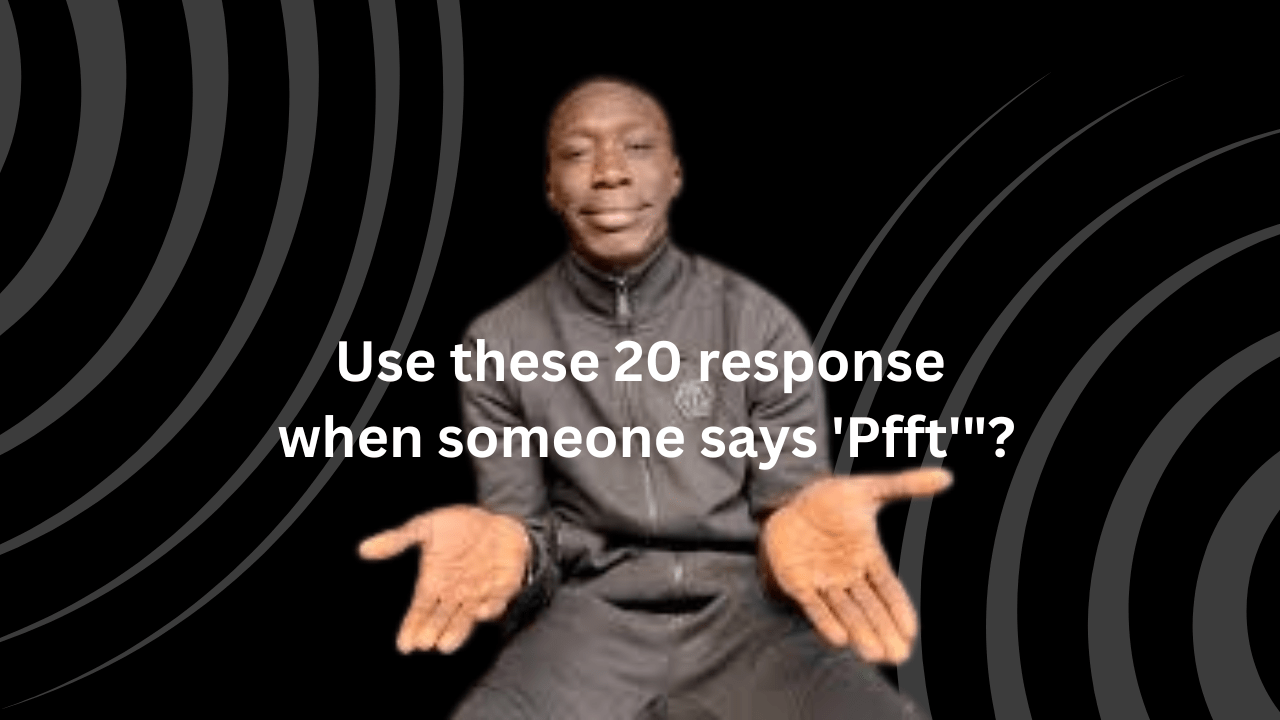“We’re all likely familiar with the phrase, having likely uttered it ourselves on occasion, perhaps countless times over the course of our lives. Instead of employing this common expression, one might opt for a gentler alternative such as ‘I don’t mean to be rude.’
This article aims to offer insight into 20 alternative expressions that convey a similar sentiment to ‘No hard feelings.’ While seemingly inconsequential, understanding these alternatives is vital, particularly if there’s concern that the original phrase may be misconstrued.
The list provided below encompasses a range of expressions, from milder to more direct, affording individuals the opportunity to select the tone that best aligns with their intended message.”
10 Other Ways To Say “No Hard Feelings”

- No ill will
- I hope you don’t take offense
- Let’s approach this calmly
- I harbor no animosity
- Please understand
- Let’s discuss this calmly
- I bear no malice
- I seek no confrontation
- Let’s keep an open mind
- Please don’t take this the wrong way
- No hostility intended
- Let’s remain civil
- I offer this with respect
- No intention to upset
- Let’s maintain composure
- I speak without malintent
- Please don’t misconstrue
- Let’s address this calmly
- I extend goodwill
- No offense intended
No ill will
This phrase communicates that there are no negative intentions or feelings behind one’s actions or words. It assures the recipient that the interaction is devoid of any malicious intent.
It conveys a sense of reassurance and sincerity, emphasizing a desire for a positive and respectful exchange. Isn’t this better than “No Hard Feelings”.
I hope you don’t take offense
This expression prefaces a potentially sensitive statement by acknowledging the possibility of causing offense. It demonstrates thoughtfulness and consideration for the recipient’s feelings, encouraging them to approach the conversation with an open mind and understanding.
By acknowledging the potential for misunderstanding, it fosters a sense of empathy and mutual respect. Isn’t this better than “No Hard Feelings”.
Let’s approach this calmly
This suggests maintaining a composed and rational demeanor during the interaction, emphasizing the importance of clear communication and level-headedness.
It encourages both parties to engage in the conversation with a calm and collected mindset, facilitating effective problem-solving and conflict resolution. By promoting emotional regulation, it helps prevent escalation and promotes a constructive exchange of ideas. Isn’t this better than “No Hard Feelings”.
I harbor no animosity
This conveys that there are no feelings of hostility or bitterness involved, indicating a desire for an amicable resolution to any potential conflicts. It communicates a sense of openness and willingness to move past any past grievances, fostering a positive and cooperative atmosphere.
By assuring the recipient that there are no lingering resentments, it paves the way for productive communication and reconciliation. Isn’t this better than “No Hard Feelings”.
Please understand
This expression seeks empathy and comprehension from the recipient, emphasizing the importance of mutual understanding and respect in the conversation. It acknowledges the complexity of the situation and the need for both parties to listen and empathize with each other’s perspectives.
By encouraging understanding and empathy, it promotes a sense of unity and cooperation, fostering a more meaningful and productive dialogue. Isn’t this better than “No Hard Feelings”.
Let’s discuss this calmly
Similar to #3, this encourages a composed and rational exchange of ideas, promoting constructive dialogue and conflict resolution. It reinforces the importance of maintaining a calm and respectful demeanor during the conversation, facilitating effective communication and problem-solving.
By emphasizing the need for calm and reasoned discussion, it helps create an environment conducive to mutual understanding and cooperation. Isn’t this better than “No Hard Feelings”.
I bear no malice
This communicates the absence of any ill will or desire to cause harm, reassuring the recipient that the interaction is free from hostile intentions. It conveys a sense of goodwill and sincerity, emphasizing a desire for a positive and harmonious relationship.
By explicitly stating the lack of malicious intent, it helps build trust and rapport between both parties, fostering a sense of mutual respect and understanding. Isn’t this better than “No Hard Feelings”.
I seek no confrontation
This expresses a desire to avoid conflict or confrontation, emphasizing a preference for peaceful and cooperative communication. It communicates a willingness to engage in dialogue and find common ground, rather than engaging in contentious or adversarial interactions.
By promoting a non-confrontational approach, it encourages open-mindedness and collaboration, facilitating constructive problem-solving and relationship-building. Isn’t this better than “No Hard Feelings”.
Let’s keep an open mind
This encourages receptiveness to different perspectives and ideas, promoting a collaborative and inclusive approach to the conversation. It emphasizes the importance of flexibility and adaptability in navigating complex issues, fostering creativity and innovation.
By promoting open-mindedness, it helps break down barriers to communication and encourages the exploration of new possibilities, leading to more robust and effective solutions. Isn’t this better than “No Hard Feelings”.
Please don’t take this the wrong way
This prefaces a potentially sensitive statement by acknowledging the possibility of misinterpretation, urging the recipient to consider the intended message in context. It demonstrates sensitivity and awareness of the potential impact of one’s words, encouraging the recipient to approach the conversation with an open mind and without prejudice.
By preemptively addressing potential misunderstandings, it helps mitigate the risk of miscommunication and promotes clearer and more effective communication. Isn’t this better than “No Hard Feelings”.
No hostility intended
This statement explicitly declares that there are no underlying feelings of hostility or aggression behind one’s words or actions. By making this assertion, it aims to dispel any concerns or misconceptions about the tone or intent of the communication.
It emphasizes a commitment to maintaining a respectful and amicable interaction, fostering a positive and constructive dialogue. Isn’t this better than “No Hard Feelings”.
Let’s remain civil
This phrase underscores the importance of maintaining decorum and civility in the conversation, even in the face of disagreement or tension. It serves as a gentle reminder to both parties to uphold standards of politeness and respect, regardless of the topic at hand.
By promoting civility, it helps create a conducive environment for meaningful discourse and conflict resolution. Isn’t this better than “No Hard Feelings”.
I offer this with respect
This statement conveys a sense of regard and esteem for the recipient, indicating that the communication is delivered with genuine respect and consideration. It seeks to establish a foundation of mutual respect and understanding, fostering a positive and productive exchange.
By explicitly acknowledging respect, it helps build trust and rapport, paving the way for constructive dialogue and collaboration. Isn’t this better than “No Hard Feelings”.
No intention to upset
This phrase reassures the recipient that there is no deliberate intent to cause distress or discomfort with the communication. It aims to alleviate any concerns or apprehensions about the potential emotional impact of the interaction.
By expressing this sentiment, it underscores a commitment to sensitivity and empathy, fostering a supportive and empathetic exchange. Isn’t this better than “No Hard Feelings”.
Let’s maintain composure
This expression encourages both parties to remain calm and composed, especially in challenging or emotionally charged situations. It emphasizes the importance of emotional regulation and self-control in facilitating effective communication and problem-solving.
By promoting composure, it helps prevent escalation and conflict, allowing for a more rational and productive discussion. Isn’t this better than “No Hard Feelings”.
I speak without malintent
This statement asserts that one’s words are spoken without any harmful or malicious intentions, emphasizing a commitment to positive and constructive communication. It seeks to dispel any concerns or suspicions about hidden agendas or ulterior motives, fostering trust and transparency.
By affirming the absence of malintent, it encourages open-mindedness and receptivity to the message being conveyed. Isn’t this better than “No Hard Feelings”.
Please don’t misconstrue
This plea urges the recipient to interpret the communication accurately and without distortion, emphasizing the importance of understanding the intended meaning behind the words. It acknowledges the potential for misinterpretation or misunderstanding and seeks to clarify any ambiguities or uncertainties.
By promoting clarity and understanding, it helps ensure effective communication and mutual comprehension. Isn’t this better than “No Hard Feelings”.
Let’s address this calmly
This statement reiterates the importance of maintaining a calm and composed demeanor during the conversation, emphasizing the need for rational and level-headed discourse. It encourages both parties to approach the discussion with patience and restraint, facilitating a more productive and respectful exchange.
By promoting calmness, it helps create an atmosphere conducive to problem-solving and conflict resolution. Isn’t this better than “No Hard Feelings”.
I extend goodwill
This declaration conveys a genuine desire for positive outcomes and harmonious interactions, signaling a willingness to engage in the conversation with kindness and positivity. It seeks to establish a foundation of goodwill and cooperation, fostering a sense of mutual trust and respect.
By expressing goodwill, it helps cultivate a supportive and collaborative environment, conducive to effective communication and collaboration. Isn’t this better than “No Hard Feelings”.
No offense intended
This reassurance communicates that there is no intention to cause offense or hurt feelings with the communication. It aims to alleviate any concerns or apprehensions about the potential impact of the message, emphasizing a desire for a respectful and considerate exchange.
By explicitly stating the lack of offensive intent, it helps promote a sense of safety and trust, encouraging open and honest communication. Isn’t this better than “No Hard Feelings”.









